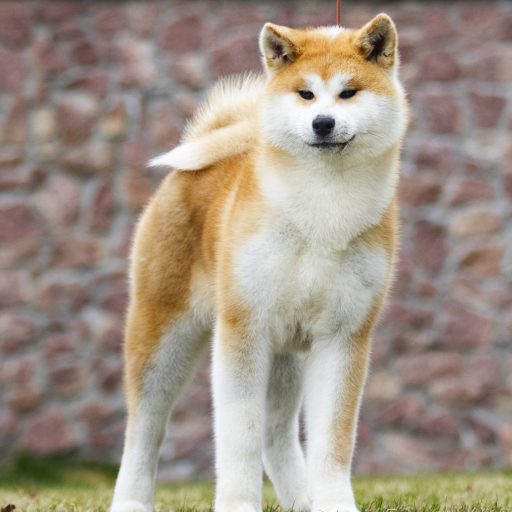The crested Hollandaise is an ornamental hen with a completely original look. She does not lack elegance with her slender body and her tuft of feathers on her head similar to a pompom. She is a hen of great kindness and easy to live with. If she does not shine with her egg production, there is no doubt that with her by your side, you will be particularly noticed during a poultry competition.
Physical peculiarities
The Crested Dutchwoman is often confused with the Padua Hen, as they both have a crest and a cranial protuberance giving even more height to that tuft of feathers. However, the crested Dutch hen most often has a crest of a different color from the rest of the plumage, a contrast that gives it even more charm. A kind of big white pompom in the hen, a more drooping crest in the rooster.
Another way to differentiate these two breeds: the red barbels, very developed in the Dutch crested hen.
Egg size: 35 to 40 g, White shell
Plumage: white-crested: black, white, buff with white edging, fawn, cuckoo, blue with edging, pebbled black white, red. White with black crest.
Eyes: red-brown irises.
Beak: medium, arched. The nostrils are clearly visible. Dark horn color for the white crest and slate blue for the black crest.
Crest: no crest, very domed skull under the crest.
Chest: fairly deep and wide.
Mumps: small, white and oval in shape.
Tarsi: smooth and fine, 4 fingers. Dark horn color for the white crest and slate blue for the black crest.
Behavior and character
Dutch crested hens are very docile and friendly. A natural kindness that is very appreciable for humans, but which can cause them problems in a mixed chicken coop. Their large crests attract a lot of unwanted attention from other breeds, leading to plucked feathers, regrowth pecking, and cuts.
However, even when attacked, the Dutch hen prefers to flee rather than fight back, which can be difficult with feathers in her eyes. Even the rooster is not aggressive and will find itself quite low in the pecking hierarchy. The best way to protect your Dutch hen from aggression is to keep it with other ornamental hens as nice or crested as the Padua or Silk hens. If you find that your hen is having her crest feathers pulled out, keep her away from others until she heals.
Feed
Adequate food is essential to raising a Dutch hen, even if the latter is not the largest of layers. Laying pellets are suitable for all hens, if not, a mixture of cereals can work, supplemented with a little greens and protein. Chickens are omnivores, what’s good for you is good for them, most kitchen scraps make great treats.
Reproduction
The Dutch hen is a poor layer and does not have a developed brooding instinct either. Reproduction is only possible in the spring, when this breed lays most of its eggs. For incubation, it is better to rely on an electric incubator to guarantee the hatching of the eggs.
Health
If it gives it its charm, the crest of the Dutch hen is also the source of many worries, especially health. Its little feather pompom is the first to get wet when it rains or when the drinker is not suitable, which can be responsible for respiratory diseases such as colds and coryza.
External parasites such as red lice can also proliferate in this abundance of feathers. So be sure to regularly inspect your chicken’s skin.
Place of life
The Dutch hen likes the outdoors, but the problems (cited above) relating to her crest make her a hen that will do better in the dry and sheltered from the weather. A mobile chicken coop, or one that has an integrated run with a roof, may be perfect for this hen. It will thus be able to scratch the ground while being protected from the rain and predators. Especially since the feathers of her crest often fall into her eyes, so she may have trouble finding her way.
Breed History
The Dutch hen keeps its origins vague. Genetically, she is very close to the Padua hen which is clearly her cousin. These two breeds certainly have the same ancestors and crested hens have been present in central Europe since antiquity (Italy, the Netherlands, Germany and Poland) as evidenced by the small statuettes bearing their effigy dating from the 1st century. They are visible in the Vatican Museum in the part devoted to animals. The Dutch crested hen has been recognized as a breed in its own right for more than five centuries in the Netherlands.












